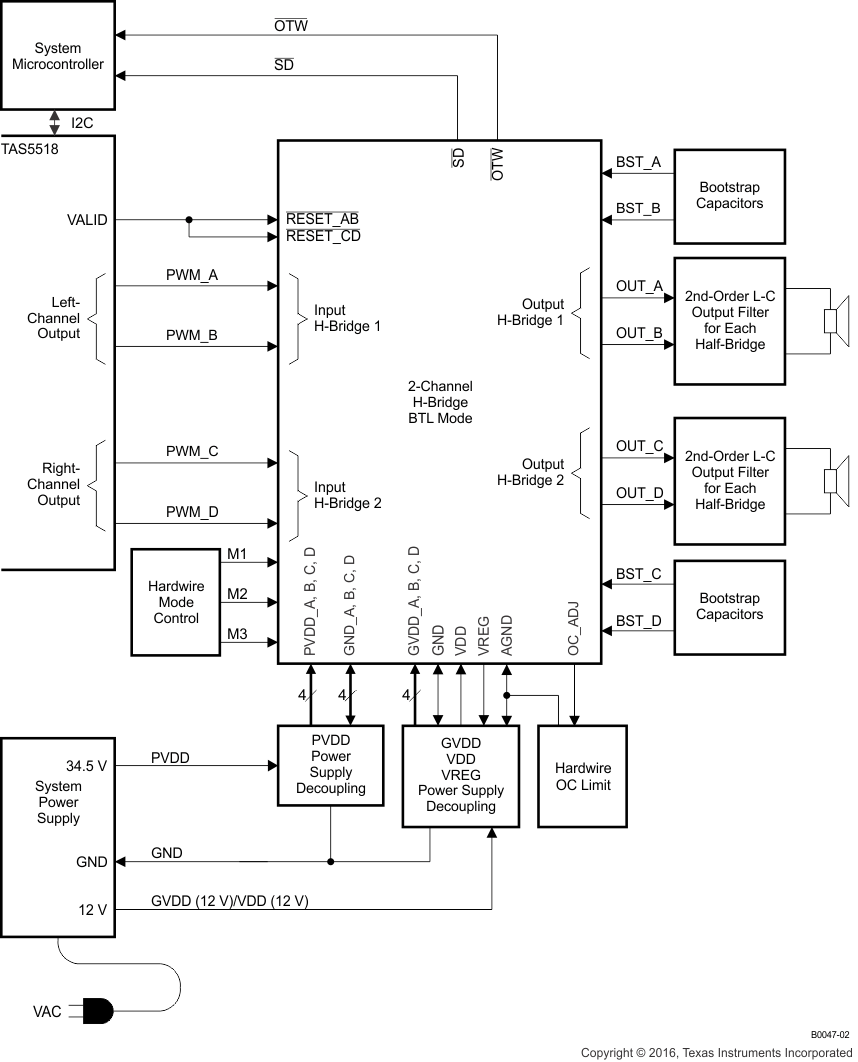SLES239A November 2008 – December 2016 TAS5352A
PRODUCTION DATA.
- 1 Features
- 2 Applications
- 3 Description
- 4 Revision History
- 5 Pin Configuration and Functions
- 6 Specifications
- 7 Detailed Description
- 8 Application and Implementation
- 9 Power Supply Recommendations
- 10Layout
- 11Device and Documentation Support
- 12Mechanical, Packaging, and Orderable Information
Package Options
Mechanical Data (Package|Pins)
- DDV|44
Thermal pad, mechanical data (Package|Pins)
- DDV|44
Orderable Information
8 Application and Implementation
NOTE
Information in the following applications sections is not part of the TI component specification, and TI does not warrant its accuracy or completeness. TI’s customers are responsible for determining suitability of components for their purposes. Customers should validate and test their design implementation to confirm system functionality.
8.1 Application Information
The TAS5352A can be configured either in stereo BTL mode, 4 channel SE mode, or mono PBTL mode, depending on output power conditions and system design.
8.2 Typical Applications
8.2.1 BTL Application With AD Modulation Filters – 2N
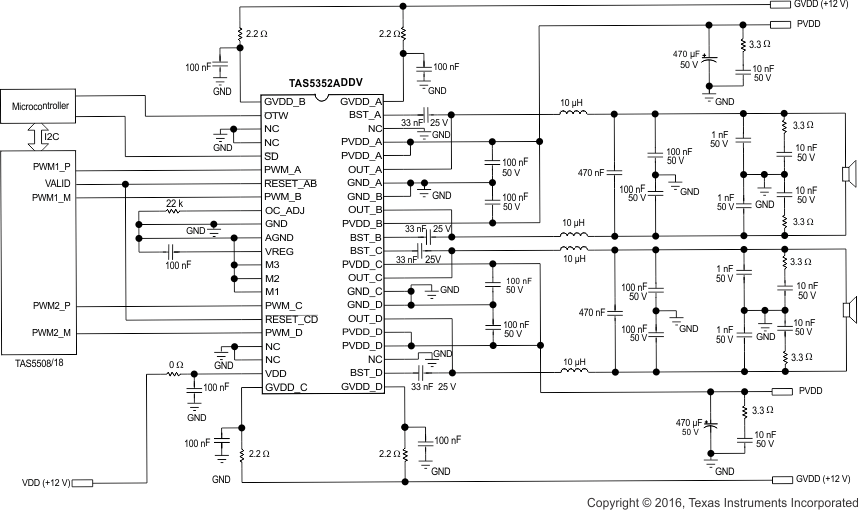 Figure 14. Typical Differential (2N) BTL Application With AD Modulation Filters
Figure 14. Typical Differential (2N) BTL Application With AD Modulation Filters
8.2.1.1 Design Requirements
Table 5 lists the design requirements for this example.
Table 5. Design Requirements for Typical Differential BTL
| DESIGN PARAMETER | EXAMPLE |
|---|---|
| Low Power (Pullup) Supply | 3.3 V |
| Mid Power Supply (GVDD, VDD) | 12 V |
| High Power Supply (PVDD) | 12 – 36 V |
| PWM Inputs | INPUT A = 0 – 3.3 V PWM |
| INPUT_B = 0 – 3.3 V PWM | |
| INPUT_C = 0 – 3.3 V PWM | |
| INPUT_D = 0 – 3.3 V PWM | |
| Speaker Impedance | 4 – 8 Ω |
8.2.1.2 Detailed Design Procedure
8.2.1.2.1 PCB Material Recommendation
FR-4 Glass Epoxy material with 2-oz. (70-μm) copper is recommended when using the TAS5352A. The use of this material can provide for higher power output, improved thermal performance, and better EMI margin (due to lower PCB trace inductance).
8.2.1.2.2 PVDD Capacitor Recommendation
The large capacitors used in conjunction with each full-bridge, are referred to as the PVDD Capacitors. These capacitors should be selected for proper voltage margin and adequate capacitance to support the power requirements. In practice, with a well designed system power supply, 1000-μF, 50-V capacitors will support more applications. The PVDD capacitors should be low-ESR type because they are used in a circuit associated with high-speed switching.
8.2.1.2.3 Decoupling Capacitor Recommendations
To design an amplifier that has robust performance, passes regulatory requirements, and exhibits good audio performance, good-quality decoupling capacitors should be used. In practice, X7R should be used in this application.
The voltage of the decoupling capacitors should be selected in accordance with good design practices. Temperature, ripple current, and voltage overshoot must be considered. This fact is particularly true in the selection of the 0.1 μF that is placed on the power supply to each half-bridge. It must withstand the voltage overshoot of the PWM switching, the heat generated by the amplifier during high power output, and the ripple current created by high power output. A minimum voltage rating of 50 V is required for use with a 34.5-V power supply.
Detailed information regarding LC filter design and the impact on amplifier performance can be found in the application note LC Filter Design (SLAA701).
8.2.1.3 Application Curves
Relevant performance plots for TAS5352A in BTL configuration are shown in BTL Configuration.
Table 6. Relevant Performance Plots, BTL Configuration
| PLOT TITLE | FIGURE NUMBER |
|---|---|
| Total Harmonic Distortion + Noise vs. Output power | Figure 1 |
| Output Power vs. Supply Voltage | Figure 2 |
| Unclipped Output Power vs. Supply Voltage | Figure 3 |
| System Efficiency vs. Output Power | Figure 4 |
| System Power Loss vs. Output Power | Figure 5 |
| System Output Power vs. Case Temperature | Figure 6 |
| Noise Amplitude vs. Frequency | Figure 7 |
8.2.2 BTL Application With AD Modulation Filters – 1N
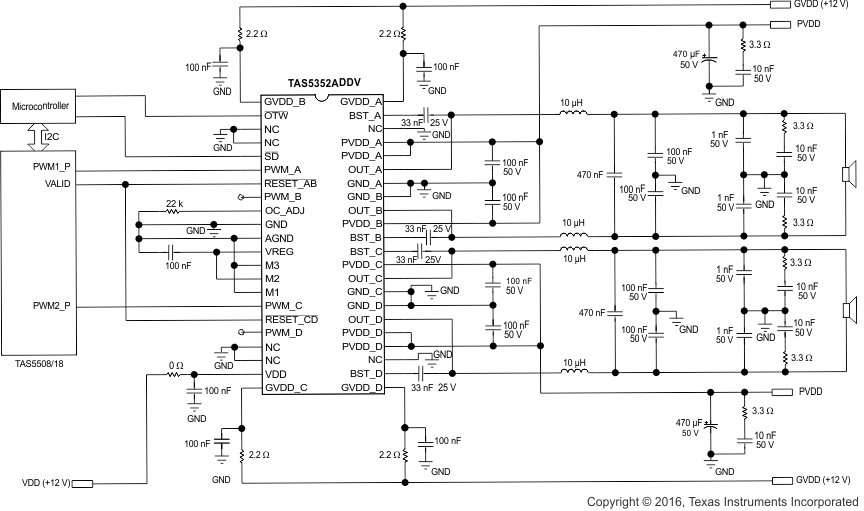 Figure 15. Typical Non-Differential (1N) BTL Application With AD Modulation Filters
Figure 15. Typical Non-Differential (1N) BTL Application With AD Modulation Filters
8.2.2.1 Design Requirements
Table 7 lists the design requirements for this example.
Table 7. Design Requirements for Typical Non-Differential BTL
| DESIGN PARAMETER | EXAMPLE |
|---|---|
| Low Power (Pullup) Supply | 3.3 V |
| Mid Power Supply (GVDD, VDD) | 12 V |
| High Power Supply (PVDD) | 12 – 36 V |
| PWM Inputs | INPUT A = 0 – 3.3 V PWM |
| INPUT_B = N/C | |
| INPUT_C = 0 – 3.3 V PWM | |
| INPUT_D = N/C | |
| Speaker Impedance | 4 – 8 Ω |
8.2.3 SE Application
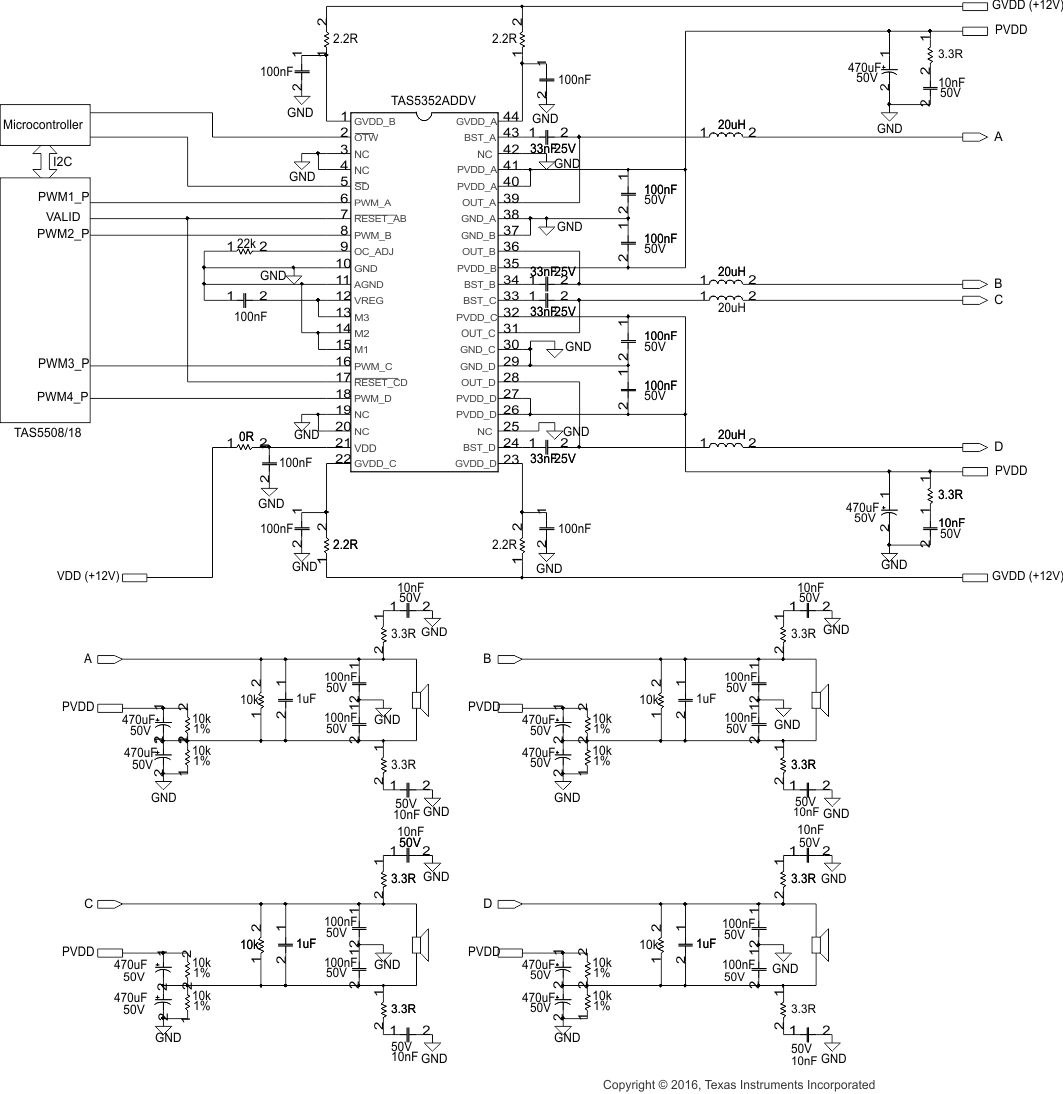 Figure 16. Typical SE Application
Figure 16. Typical SE Application
8.2.3.1 Design Requirements
Table 8 lists the design requirements for this example.
Table 8. Design Requirements for Typical SE
| DESIGN PARAMETER | EXAMPLE |
|---|---|
| Low Power (Pullup) Supply | 3.3 V |
| Mid Power Supply (GVDD, VDD) | 12 V |
| High Power Supply (PVDD) | 12 – 36 V |
| PWM Inputs | INPUT A = 0 – 3.3 V PWM |
| INPUT_B = 0 – 3.3 V PWM | |
| INPUT_C = 0 – 3.3 V PWM | |
| INPUT_D = 0 – 3.3 V PWM | |
| Speaker Impedance | 3 – 4 Ω |
8.2.3.2 Application Curves
Relevant performance plots for TAS5352A in SE configuration are shown in SE Configuration.
8.2.4 PBTL Application With AD Modulation Filters
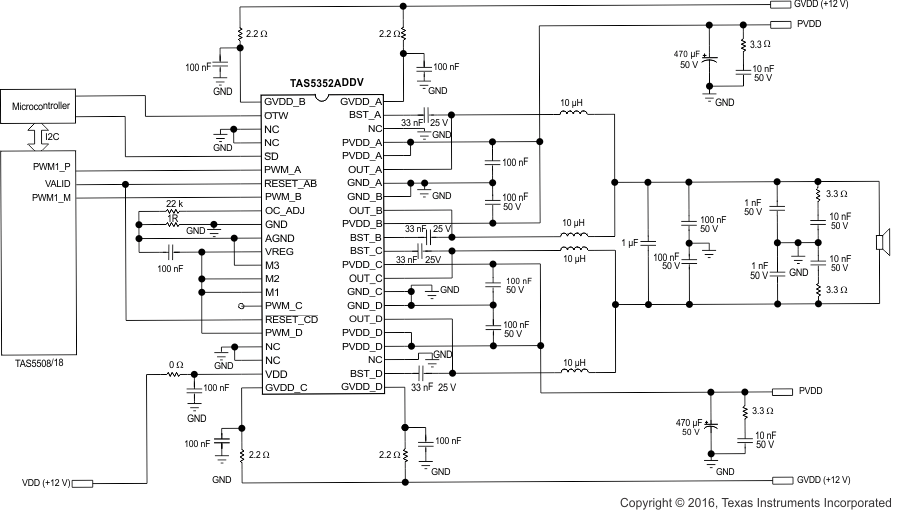 Figure 17. Typical Differential (2N) PBTL Application With AD Modulation Filters
Figure 17. Typical Differential (2N) PBTL Application With AD Modulation Filters
8.2.4.1 Design Requirements
Table 10 lists the design requirements for this example.
Table 10. Design Requirements for Typical Differential PBTL
| DESIGN PARAMETER | EXAMPLE |
|---|---|
| Low Power (Pullup) Supply | 3.3 V |
| Mid Power Supply (GVDD, VDD) | 12 V |
| High Power Supply (PVDD) | 12 – 36 V |
| PWM Inputs | INPUT A = 0 – 3.3 V PWM |
| INPUT_B = 0 – 3.3 V PWM | |
| INPUT_C = N/C | |
| INPUT_D = 3.3 V PWM | |
| Speaker Impedance | 2 – 3 Ω |
8.2.4.2 Application Curves
Relevant performance plots for TAS5352A in PBTL configuration are shown in PBTL Configuration.
8.2.5 Non-Differential PBTL Application
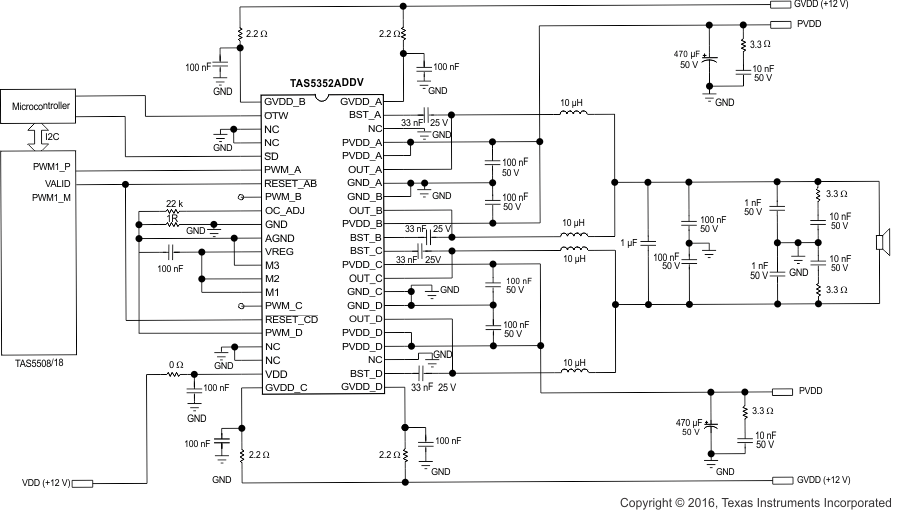 Figure 18. Typical Non-Differential (1N) PBTL Application
Figure 18. Typical Non-Differential (1N) PBTL Application
8.2.5.1 Design Requirements
Table 12 lists the design requirements for this example.
Table 12. Design Requirements for Typical Non-Differential PBTL
| DESIGN PARAMETER | EXAMPLE |
|---|---|
| Low Power (Pullup) Supply | 3.3 V |
| Mid Power Supply (GVDD, VDD) | 12 V |
| High Power Supply (PVDD) | 12 – 36 V |
| PWM Inputs | INPUT A = 0 – 3.3 V PWM |
| INPUT_B = N/C | |
| INPUT_C = N/C | |
| INPUT_D = GND | |
| Speaker Impedance | 2 – 3 Ω |
